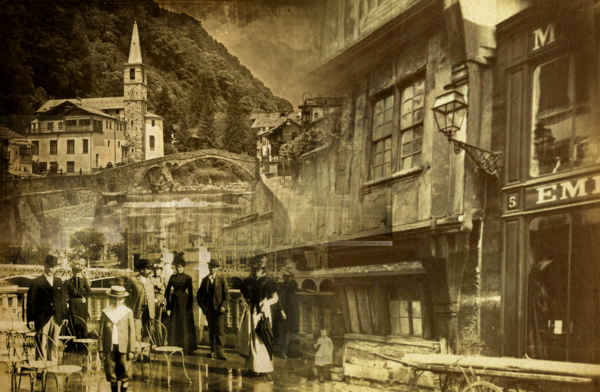
The American continent see a big responsibility in placenta for some of its communities. In the North America, it is customary that the Navajo Indians bury a child’s placenta within the sacred four corners of the tribe’s reservation as a binder to ancestral land and people. Apart from it, they will also bury objects together with it to signify the profession they hope the child will pursue.
The Hopi tradition in North America holds that a baby’s true parents were the earth (as mother) and the corn plant (as father) with their human parents acting as surrogates
who help to usher in the new life.
The Hawaiians treat placenta with care. Normally, it is washed after brought home, and then buried with the tree planted on it following a religious ritual. It is believed this will help bind the child to the homeland. They called the placenta of new born child “iewe” and it is considered sacred. Hence, it must be handled in a sacred manner to ensure the child is fit and healthy.
In the South America region, placenta is burnt after birth to neutralise the environment. It is usually planted in the ground to protect it from evil spirits. For the indigenous Bolivian Aymara and Quecha community, they believe the placenta has its own spirit. Therefore, the father of the child will wash and bury the placenta in a secret and shady place. The ritual must be performed according to the tradition in the proper manner. Otherwise, they believe that the mother or baby may fall very ill and may even die.
Recent Comments